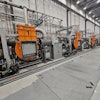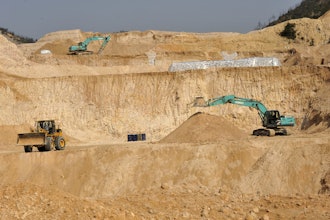Reports stemming from a Wall Street Journal article indicate that Apple will begin manufacturing iPhones in a Bangalore, India plant run by Wistron and potentially other manufacturing partners already in-country, including Foxconn.
Production, which would focus on the 6, 6s and SE models could begin within the next two months.
The use of lower-cost labor in India isn’t all that surprising, but this move by Apple offers a couple of other interesting, strategic benefits.
iPhone production is already handled primarily by Foxconn factories in China, and throughout Asia, so lower-cost labor isn’t the primary driver.
Pushing this decision is that Apple sees the Bangalore plant as key to its growth in India. The country boasts one of the fastest-growing smartphone markets, and Apple currently owns just a four percent share of it.
Remember, this is in a country with more than 1.2 billion potential customers and a small, but growing middle class.
One of Apple’s biggest hurdles to growth in India is the cost of an iPhone, which at an average retail price of $649 is still too high for the average Indian. Local production and distribution could bring these costs down by nearly $100 per phone, but that’s still pretty high for local consumers.
Equally important is that moving more production to India offers Apple an opportunity to negotiate new tax concessions, using the additional production volume as a bargaining chip.
Apple is also seeking duty exemptions that would cover not only production, but the sourcing of components and acquisition of capital equipment for iPhone production and repair over the next 15 years.
All of these financial aspects not only help lower overall costs, but reduce many of the challenges associated with manufacturing in low-cost labor countries like India.
The result could help improve profit margins of iPhones bought both locally in India, as well as globally, as the duty exemptions could apply to components sourced from Germany, France, Italy, The Netherlands, and even the U.S.
And in case you were wondering how much an iPhone actually costs the company, it’s components, if bought commercially would run about $200. Production only takes a $5 bite out of Apple’s iPhone margins.






















